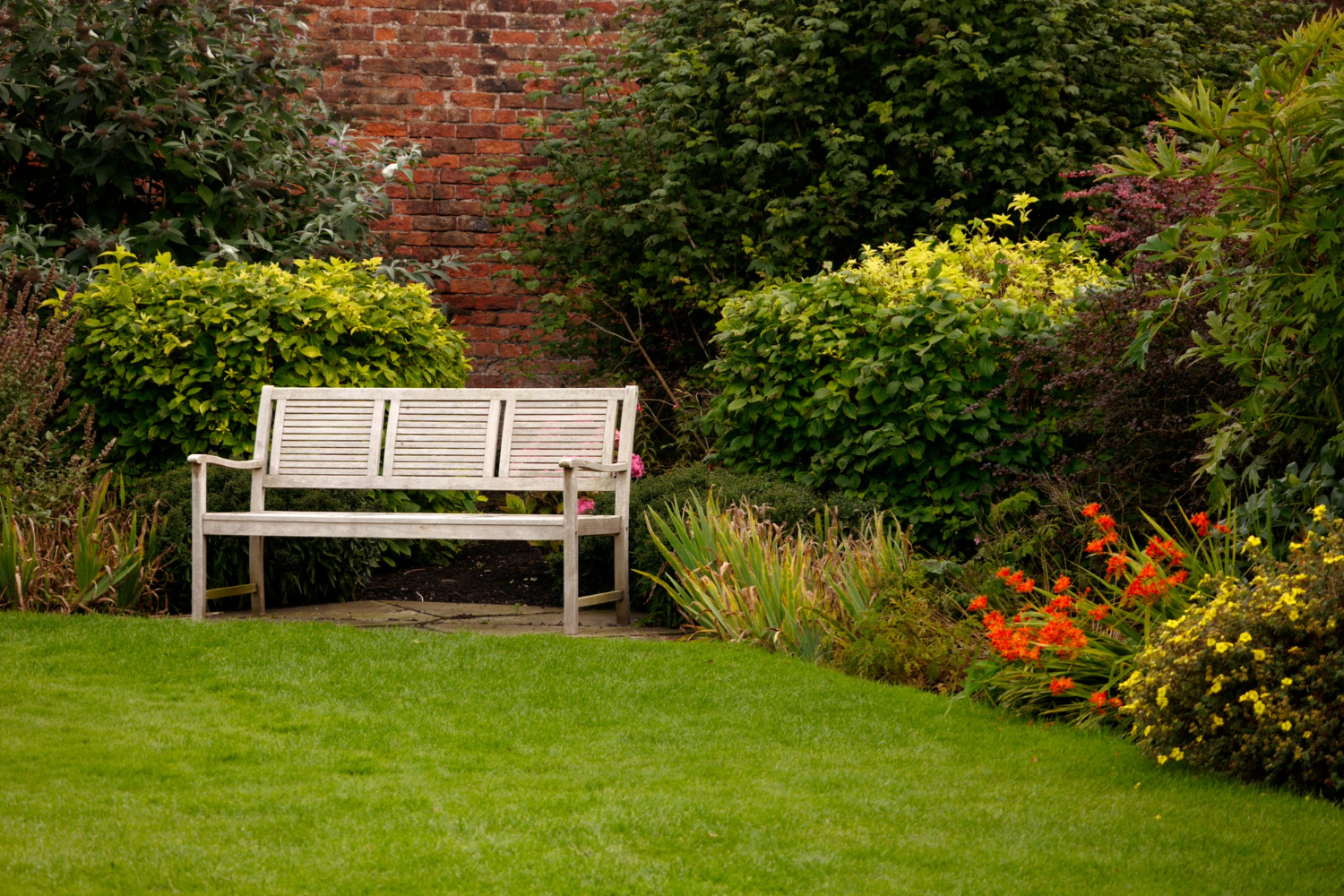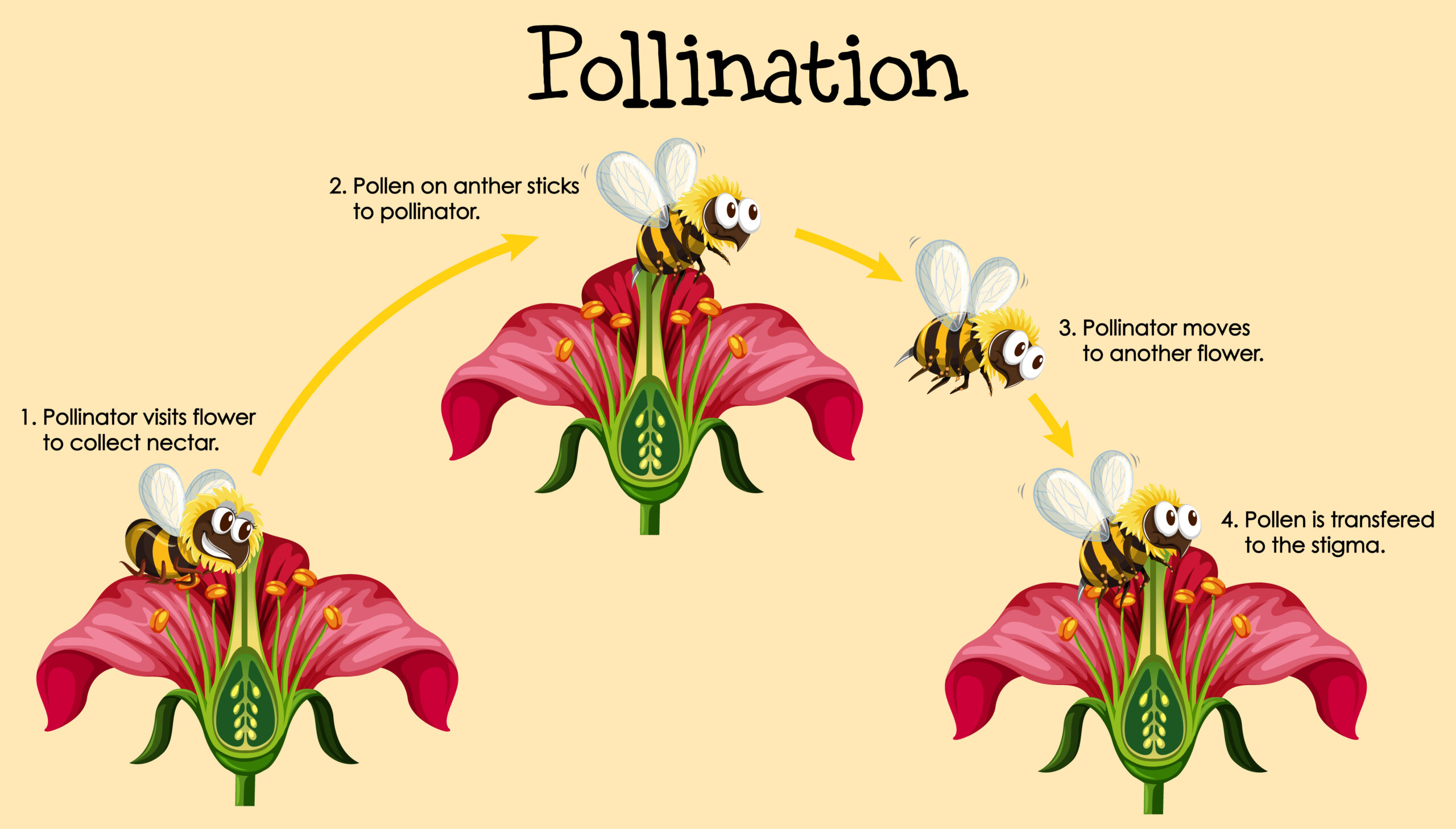Are you looking for a fun and educational activity to do with your kids at home? Why not try gardening? Gardening with kids is a great way to teach them about science, nature, healthy eating habits, and responsibility. Plus, it’s a great way to spend quality time together as a family.
One of the best things about gardening with kids is that it’s a hands-on activity that allows them to explore and learn about the natural world around them. They can get their hands dirty while learning about plant life cycles, photosynthesis, and the importance of pollinators.
And when it’s time to harvest, they’ll be excited to taste the fruits (and vegetables) of their labor.
So, let’s get started on planning some fun and educational home garden projects that your kids will love.
Planning Your Garden Project with Kids
Now it’s time to start brainstorming with your little ones and figure out what you want to grow in your very own backyard oasis. Involving kids in the planning process not only makes it more fun, but also teaches them valuable lessons about responsibility and the environment.
Start by asking them what their favorite fruits and vegetables are, or if they have any flowers they would like to see in the garden. You can also browse seed catalogs or visit a local nursery together to get inspiration.
When choosing plants for your garden project, make sure to consider your region’s climate, soil type, and amount of sunlight. This will ensure that your plants thrive and produce a bountiful harvest.
You can also opt for easy-to-grow plants like tomatoes, lettuce, and herbs, which will give your kids a sense of accomplishment when they see their hard work come to fruition.
Don’t forget to involve your kids in the planting process, too. They’ll love digging in the dirt and helping to place the seeds or seedlings in the ground.
Teaching Science through Gardening
You’ll find yourself discovering the wonders of science as you watch your little ones plant and tend to the green life growing in your very own backyard.
Gardening is a fantastic medium for teaching kids about plant anatomy and the process of photosynthesis. You can start by showing them how seeds sprout and grow roots, stems, and leaves. Explain the function of each part and how they work together to help the plant thrive.
In addition, you can conduct simple photosynthesis experiments to help your kids understand how plants use sunlight to create food. For example, you can place a clear plastic bag over a leaf and leave it in the sun for a few hours.
When you remove the bag, you’ll see droplets of water inside. This is evidence that the leaf has been producing oxygen and releasing water vapor – the by-products of photosynthesis.
By engaging in these fun and educational activities, your kids will develop a deeper appreciation for the natural world and its life-sustaining processes.
Encouraging Healthy Eating Habits
It’s never too early to start instilling healthy eating habits in our young ones, and what better way to do so than by showing them the joys of preparing and eating delicious, wholesome meals together as a family?
Gardening can provide a great opportunity to teach children about where their food comes from and how to make healthy choices. Start by introducing them to healthy recipes that use fresh produce from your garden. Encourage them to take part in the preparation process, whether it’s chopping vegetables or measuring ingredients. This hands-on approach will help them develop food literacy skills and an appreciation for healthy eating.
In addition to cooking together, there are various food literacy activities you can do with your kids. For example, create a ‘My Plate’ chart and have your child fill it in with different fruits and vegetables they’ve tried. This will help them understand the importance of a balanced diet and encourage them to try new foods.
You can also take them on a trip to a local farmer’s market or grocery store and have them help you pick out fresh produce. By involving your children in the food selection process, they’ll be more likely to want to try new things and make healthier choices.
Responsibility and Caretaking Skills
Teaching children responsibility and caretaking skills can be a rewarding experience for both parent and child.
When gardening with kids, it’s important to involve them in the decision-making process and let them choose which plants to grow. This not only encourages them to take ownership of the project but also helps them learn about plant selection and care.
Additionally, assigning age-appropriate tasks such as watering, weeding, and harvesting can teach children the value of hard work and responsibility.
Building a garden schedule and tracking progress can also help kids develop caretaking skills. Creating a schedule with specific tasks and deadlines can teach children the importance of planning and organization.
Tracking progress, whether that be measuring plant growth or keeping a journal of garden activities, can also help children understand the impact of their efforts and the importance of regular care.
By involving kids in the process of planning and caring for a garden, parents can help them develop important life skills while having fun and creating lasting memories.
Enjoying the Fruits (and Vegetables) of Your Labor
Now that you’ve put in the hard work of cultivating your own crop, it’s time to savor the sweet taste of success and relish the satisfaction of reaping what you’ve sown, much like biting into a juicy, ripe fruit that’s been ripening on the vine all summer long.
You can start by creating recipes that highlight the flavors of your garden, from a simple tomato salad to a more complex vegetable stir-fry. Cooking with the fruits (and vegetables) of your labor is a fun and delicious way to enjoy the results of your hard work while also teaching your kids about the value of fresh, homegrown produce.
But what about preserving your garden harvest for the colder months? Don’t worry, there are plenty of ways to make your garden bounty last throughout the year.
You can try canning, freezing, or dehydrating your produce to preserve it for later use. For example, you can make homemade tomato sauce or salsa and freeze it for later use. Or, you can dry herbs like basil or oregano and use them in your cooking throughout the year.
Not only is preserving your garden harvest a great way to extend the life of your produce, but it’s also a valuable lesson for kids about the importance of reducing food waste and using resources wisely.
Conclusion
Congratulations! You’re now equipped with the knowledge and tools to embark on a fun and educational gardening project with your kids.
Not only will you teach them science, healthy eating habits, and responsibility, but you’ll also get to enjoy the fruits (and vegetables) of your labor. Imagine your kids proudly displaying their handiwork, boasting about their newfound gardening skills, and eagerly anticipating the next harvest.
You’ll be the envy of your neighborhood with your lush and bountiful garden. So, what are you waiting for? Get your hands dirty and start gardening with your kids today!









